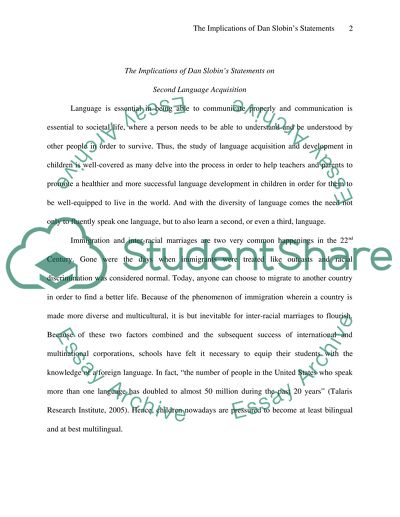Cite this document
(“The Implications of Dan Slobins Statements on Second Language Essay”, n.d.)
Retrieved from https://studentshare.org/english/1539770-the-implications-of-dan-slobins-statements-on-second-language-acquisition
Retrieved from https://studentshare.org/english/1539770-the-implications-of-dan-slobins-statements-on-second-language-acquisition
(The Implications of Dan Slobins Statements on Second Language Essay)
https://studentshare.org/english/1539770-the-implications-of-dan-slobins-statements-on-second-language-acquisition.
https://studentshare.org/english/1539770-the-implications-of-dan-slobins-statements-on-second-language-acquisition.
“The Implications of Dan Slobins Statements on Second Language Essay”, n.d. https://studentshare.org/english/1539770-the-implications-of-dan-slobins-statements-on-second-language-acquisition.


